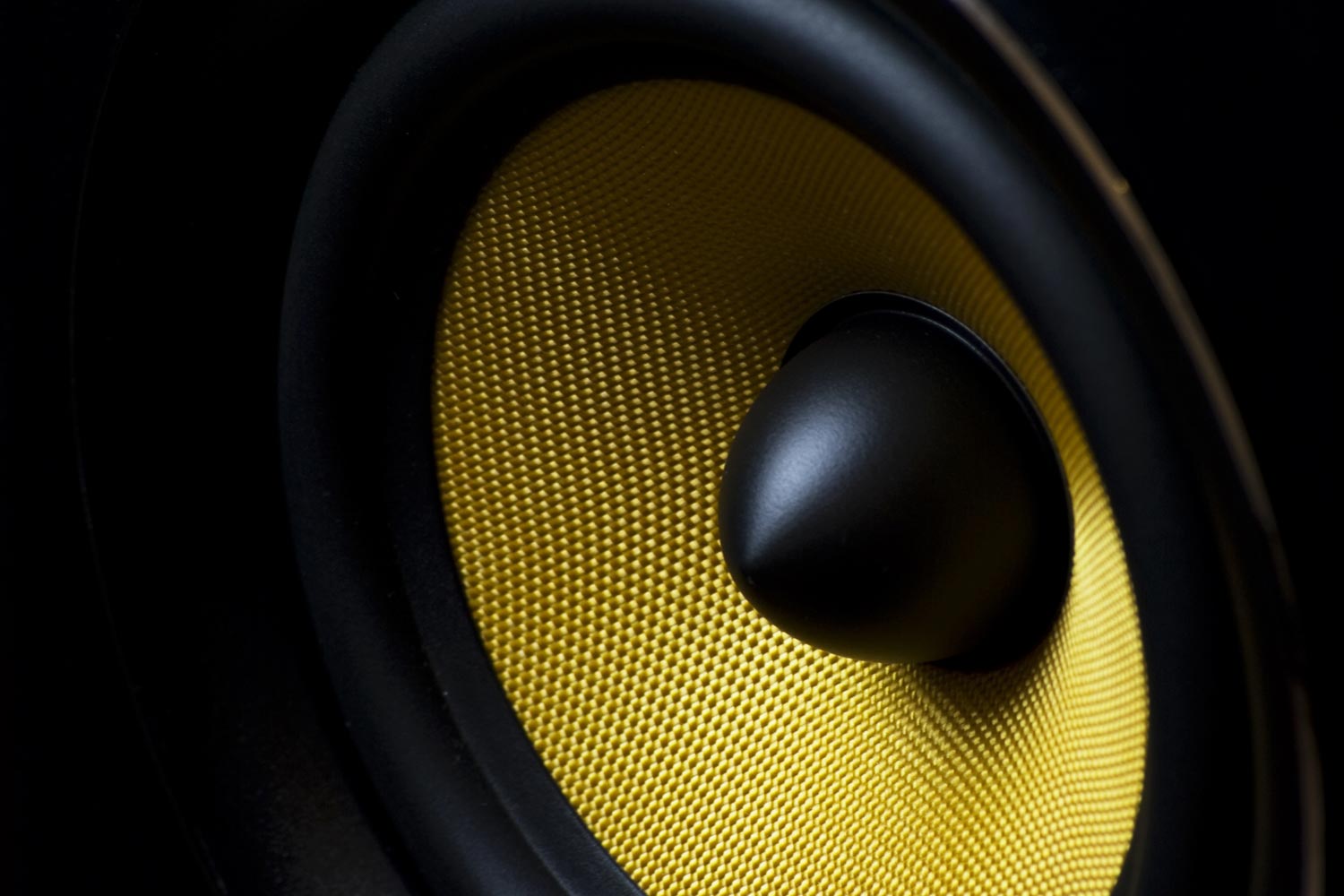I wanted to share some tracks I've gathered over the years and found very useful for checking the accuracy and effectiveness of digital room correction filters.
The key to effectively using these tracks for evaluation is to become intimately familiar with how they should sound. Subtle changes in sound stage depth, instrument separation, pitch definition, tonal balance, and bass response will reveal themselves when you know these songs like the back of your hand. So, take the time to develop that familiarity before using these tracks to compare digital room corrections. I recommend listening to these tracks across different systems and really training your ears on what to focus on. That way, when switching between room correction setups, you can zero in on the nuances and more accurately judge which one is dialing in your system correctly. Don't forget to align different filters for equal volume before comparing (we tend to initially favor higher volume) and minimize switching delay between different filters as much as you can.
Here are some of my go-to tracks:
Speaker toe-in angle and distance between speakers:
Track: Her Majesty (2019 mix)
Album: Abbey Road
Artist: The Beatles
Link:
https://tidal.com/browse/track/118390458
It's only 23 seconds long and you should be grateful for that as you might regularly need to repeat it hundreds of times! It helps to adjust the speaker toe-in as well as the distance between the speakers. The vocals and guitar start off in right channel and slowly pan all the way to the left channel. If McCartney gets closer towards you as he moves to the middle, there is
too much toe in. If he moves away from you during the panning, there is
too little toe in. It should sound as if McCartney's vocals roll smoothly and continuously across the sound stage. If it sounds like he jumps from right - to - center - to - Left, the speakers are too far apart.
Tip: If you find it hard to detect volume differences during panning, dim the volume to the extent that you can only just hear him at one position and if you can't hear him at all in another position, you will have heard the difference.
Track: Amused to Death
Album: Amused to Death
Artist: Roger Waters
Link:
https://tidal.com/browse/track/49160035
Although it's a tricky track recorded with the Q-sound technique, it is a good tool to check for toe-in symmetry between speakers. The song starts with a conversation coming from a TV to your rear left!
Clipping headroom and bass management:
Track: Sweet Jezebel
Album: Ghost of a Chance
Artist: Turboweekend
Link:
https://tidal.com/browse/track/2440969
Mainly due to its suboptimal mixing (IMO), the track will clip like crazy unless you dial in the correct headroom for your filters. It's also a perfect track to check for bass control. It has a variety of bass frequencies that will reveal peaks or resonances very quickly down the line. Tip: Fast forward around 03:30 minutes into the track and A/B repeat a 3 second part to optimize clipping headroom setting for your particular filter. Once adjusted for this part of this song, you will never have clipping with any other track in your library.
Pre-echo:
Track: Billy Jean
Album: Thriller
Artist: Michael Jackson
Link:
https://tidal.com/browse/track/1781887
If you're fiddling with low frequency phase correction, sooner or later you will meet with pre-echo, an odd artifact in which an “echo” of a sound is heard ahead of the sound itself. Many filters and usually the better sounding ones can get along with many tracks without surfacing this problem. But this track, and almost instantly into it, will reveal that "failed filter" signal which once you hear, you cannot un-hear!
Track: Bubbles
Album: Wandering
Artist: Yosi Horikawa
Link:
https://tidal.com/browse/track/15666682
A great song to check for stereo separation but also a quick one to reveal pre-echo and pre/post ringing especially if they're happening in the higher frequencies. Many of this guy's albums are great system demos, too if you are into that kind of thing.
Bass level:
Track: Way Down Deep
Album: The Hunter
Artist: Jennifer Warnes
Link:
https://tidal.com/browse/track/4964763
Try this track before you decide your system's bass level is too low. You might be hearing the hidden "dips" in your bass response with other tracks. In general, this track will reveal how fast, tight and not-boomy your bass response really is.
Sound stage depth:
Track: Take Five
Album: On Time
Artist: Dave Brubeck
Link:
https://tidal.com/browse/track/1994891
A classic among audiophiles for system tests and if your speakers are not disappearing completely, you have work to do with phase equalization between your left and right speakers. The drums should come from the front left of the stage but "not" from the left speaker and same goes for the right side of the stage. Easier said than done
 Distortion:
Distortion:
Track: Instant Crush (feat. Julian Casablancas)
Album: Random Access Memories
Artist: Daft Punk
Link:
https://tidal.com/browse/track/20115561
Check how loud your system will go without distortion with this one.
Center stage shift:
Track: Bird on A Wire
Album: Famous Blue Raincoat
Artist: Jennifer Warnes
Link:
https://tidal.com/browse/track/8439076
Mono pink noise is a great tool for aligning center stage but if your center stage is shifting from center to a bit left or right from track to track, this is usually due to differences in the frequency response between speakers in the band covering vocals (65Hz -1000Hz centered around 250Hz). This track has good bass response and lots of central vocals in a variety of frequencies to reveal most problems.
I will keep adding tracks if I come up with better ones. Please feel free to add yours.

 www.audiosciencereview.com
www.audiosciencereview.com

